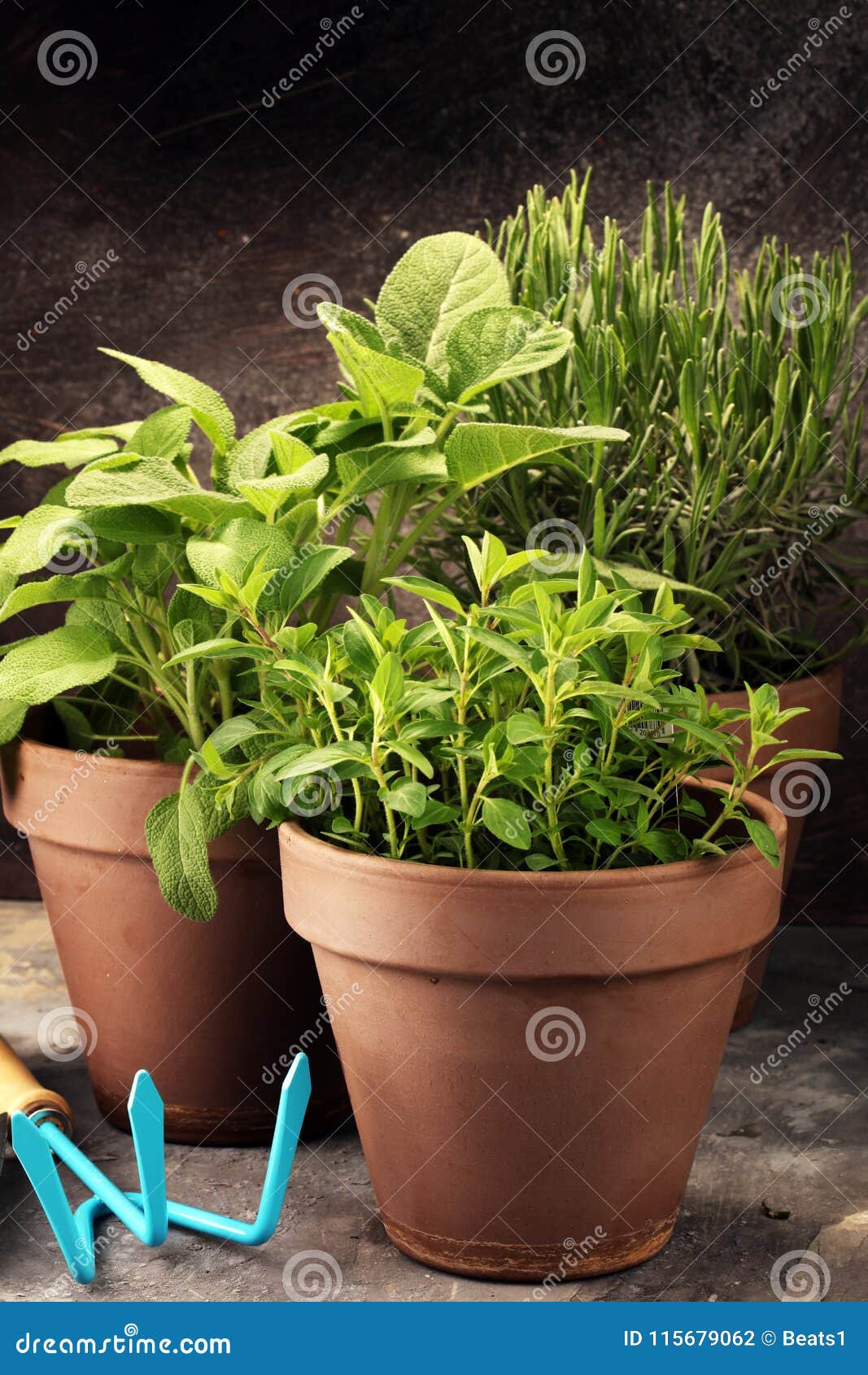Rosemary And Thyme: Growing Your Own Aromatic Herbs

Table of Contents
Choosing the Right Location for Your Rosemary and Thyme
Rosemary and thyme thrive in sunny, well-drained locations. Providing the ideal environment is key to their success. Both herbs crave ample sunlight, contributing to their robust growth and essential oil production, resulting in a more intense flavor. Poor drainage can lead to root rot, a common problem for these Mediterranean natives.
- Sunlight: A southern exposure is ideal for maximizing sunlight hours, particularly important during the growing season. Aim for at least six hours of direct sunlight per day. Consider the position of your garden relative to the sun throughout the day.
- Soil: Well-drained soil is paramount. If your soil is heavy clay, amend it with compost or perlite to improve drainage and aeration. This will prevent waterlogging, a common cause of plant failure.
- Containers: Growing rosemary and thyme in containers offers flexibility, especially if your garden lacks ideal soil conditions. Terracotta pots are excellent as they allow for better air circulation and water drainage, preventing water retention that can harm the roots.
Planting Your Rosemary and Thyme
You have two primary options for planting: starting from seeds or buying established plants. Each approach has its advantages and disadvantages.
- Starting from Seeds: Seed starting requires patience and attention to detail. Seeds need specific conditions to germinate, including warm temperatures and consistently moist soil. While it is more economical, the germination rate can be unpredictable.
- Buying Established Plants: Purchasing established plants offers a faster route to enjoying fresh herbs. You bypass the germination stage and can harvest sooner, although this is a more expensive option.
Planting Depth and Spacing: Regardless of your starting method, ensure you plant your rosemary and thyme at the correct depth and spacing. Plant seeds according to the seed packet instructions; established plants should be planted at the same depth as they were in their original containers. Space plants appropriately to avoid overcrowding; overcrowding can hinder growth and increase susceptibility to diseases. Allow enough space for mature plants to reach their full size (check the plant label for mature size).
- Transplanting: When transplanting seedlings or established plants, handle them gently to avoid root damage, ensuring that you don’t disturb the root ball too much. Planting gently can increase the chances of survival.
Caring for Your Rosemary and Thyme Plants
Rosemary and thyme are relatively low-maintenance herbs, but providing proper care will maximize their growth and flavor.
- Watering: Water deeply but infrequently, allowing the soil to dry slightly between waterings. Overwatering is a more common problem than underwatering; soggy soil can lead to root rot.
- Fertilizing: While not essential, occasional feeding with a balanced, slow-release fertilizer in spring can boost growth and flavor. Avoid over-fertilizing, as this can negatively impact flavor and essential oil production.
- Pruning: Regular pruning is essential for maintaining a healthy, bushy shape. Pruning encourages new growth and prevents legginess. Snip back stems to encourage bushier growth.
- Pest and Disease Control: Rosemary and thyme are generally hardy and resistant to pests and diseases. However, monitor your plants for common issues like aphids and spider mites. Treat infestations promptly using appropriate organic methods.
Harvesting Your Rosemary and Thyme
Harvesting your rosemary and thyme at the right time is crucial for optimal flavor and aroma.
- Timing: The best time to harvest is in the morning after the dew has dried. The essential oil content is highest at this time, resulting in a more intense flavor.
- Techniques: You can either snip individual sprigs or trim back whole plants. Selective snipping encourages bushier growth and a continuous supply of fresh herbs, while trimming is better suited for a more significant harvest.
- Preserving: Air drying is the preferred method for preserving rosemary and thyme, as it retains more of their flavor and aroma compared to freezing. Bundle sprigs together and hang them upside down in a cool, dark, and well-ventilated area.
Reap the Rewards of Growing Your Own Rosemary and Thyme
Growing your own rosemary and thyme is a rewarding experience, offering access to fresh, flavorful herbs throughout the growing season. By following these simple steps – choosing the right location, planting correctly, providing consistent care, and harvesting at the ideal time – you can easily cultivate a thriving herb garden. The superior flavor and aroma of homegrown rosemary and thyme are unmatched, adding a delightful touch to your culinary creations. Plus, knowing you cultivated these aromatic herbs yourself brings immense satisfaction. Start growing your own rosemary and thyme today and experience the joy of fresh, homegrown herbs in your cooking! Enjoy the incredible fragrance and flavor of your homegrown rosemary and thyme!

Featured Posts
-
 Former Mlb Player Brandon Inge Returns To The Dugout In Kalamazoo
May 31, 2025
Former Mlb Player Brandon Inge Returns To The Dugout In Kalamazoo
May 31, 2025 -
 New Covid 19 Variant Global Case Surge Who Confirms
May 31, 2025
New Covid 19 Variant Global Case Surge Who Confirms
May 31, 2025 -
 Ais Learning Process Why Responsible Use Requires A Deeper Understanding
May 31, 2025
Ais Learning Process Why Responsible Use Requires A Deeper Understanding
May 31, 2025 -
 Covid 19 Pandemic Lab Owner Admits To Faking Test Results
May 31, 2025
Covid 19 Pandemic Lab Owner Admits To Faking Test Results
May 31, 2025 -
 U Conn Athletics Six Teams Achieve 100 Apr Scores
May 31, 2025
U Conn Athletics Six Teams Achieve 100 Apr Scores
May 31, 2025
